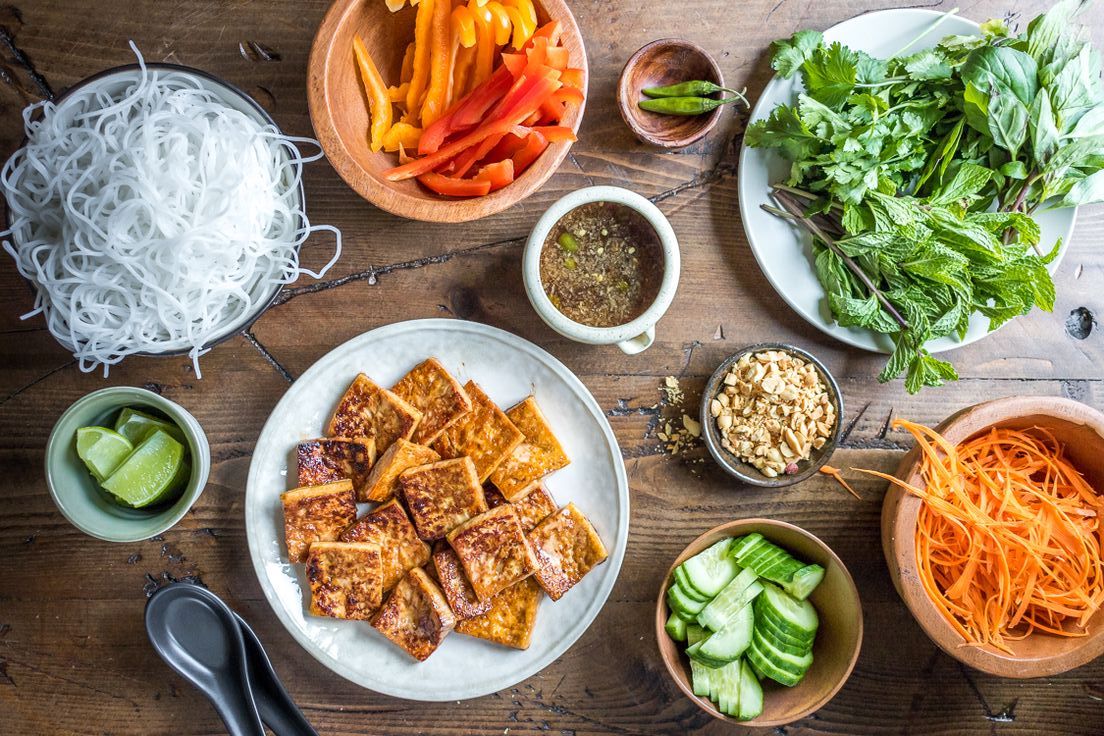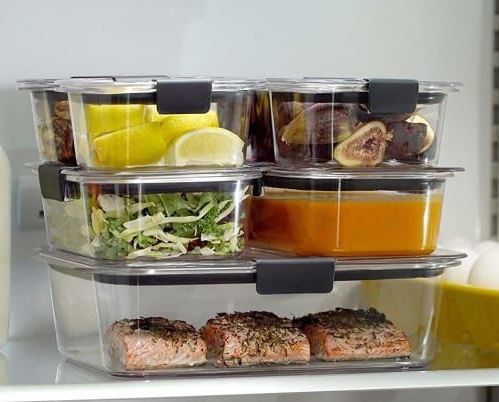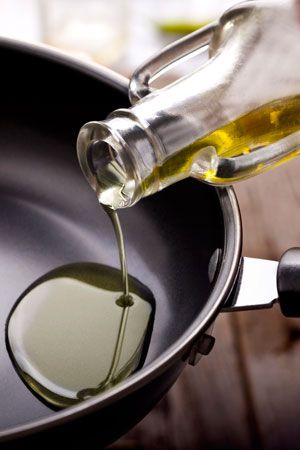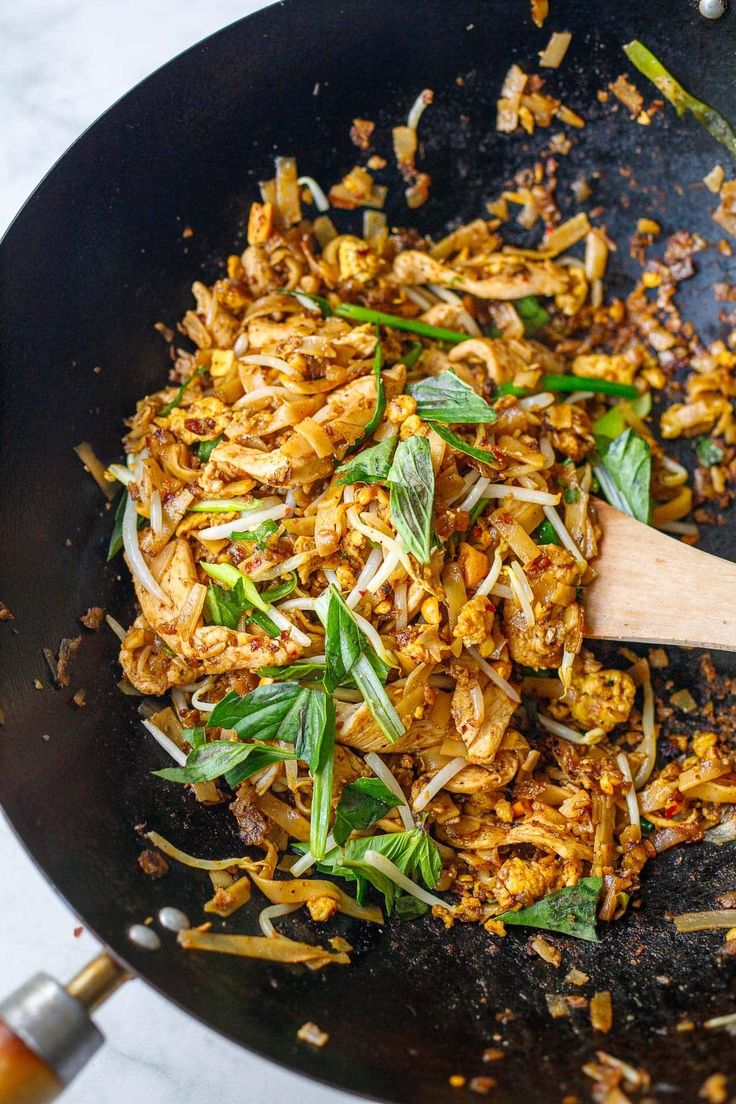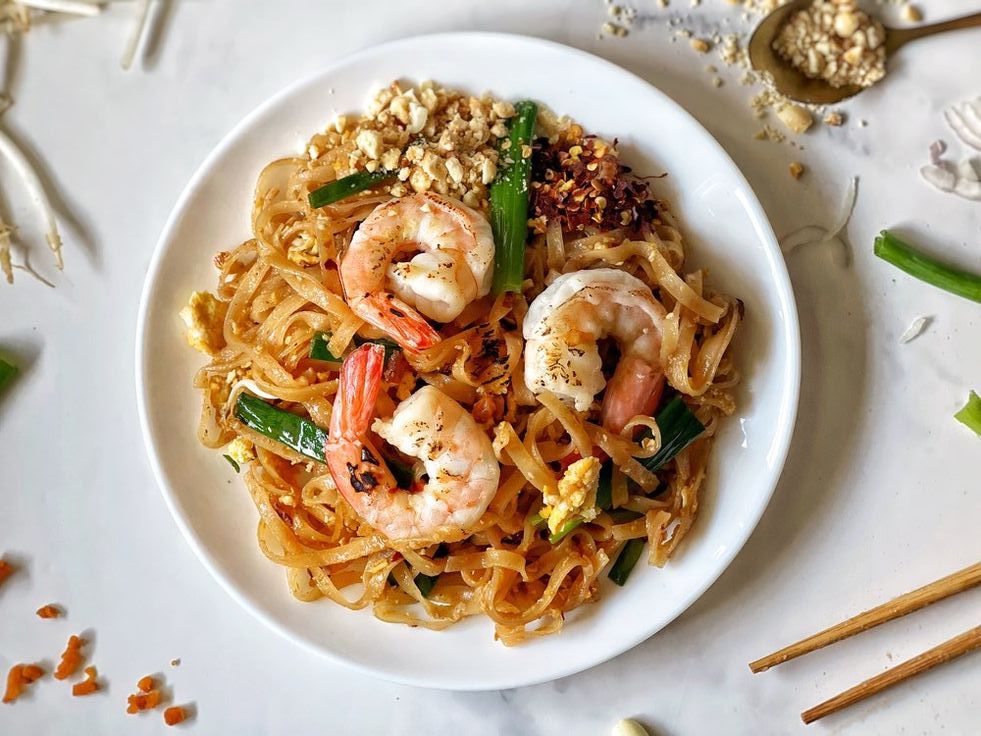Directions
Step 1
If using dried noodles, in a large pot or heatproof bowl, soak noodles in boiling water until tender, 20 to 30 minutes.
Step 2
Meanwhile, in a large wok over high heat, heat 1 tablespoon oil. Add shrimp and cook, turning halfway through, until just cooked through and pink, 2 to 3 minutes. Transfer to a medium bowl.
Step 3
In same wok, heat 1 tablespoon oil. In a small bowl, whisk eggs until blended. Cook, stirring occasionally and breaking up curds with a spoon, until just set, 1 to 2 minutes. Transfer to bowl with shrimp.
Step 4
In a small bowl, whisk palm sugar, fish sauce, tamarind concentrate, lime juice, cayenne, 2 tablespoons oil, and 1 tablespoon water until combined.
Step 5
In same wok over medium-high heat, heat 2 tablespoons oil. Cook shallot and garlic, stirring frequently, until lightly golden, about 1 minute. Add scallions and cook, stirring frequently, until softened, 1 to 2 minutes. Stir in sauce and bring to a simmer.
Step 6
Add eggs, shrimp, and noodles and cook, tossing constantly, until warmed through and noodles are softened, about 2 minutes more. Add bean sprouts and peanuts and toss again to combine.
Step 7
Divide pad Thai among plates. Top with cilantro (if using).
Tips
The best noodles for Pad Thai
Rice noodles are traditional for pad Thai, but not all are created equal. You're looking for thin, flat rice noodles that aren’t too thick, preferably made in Thailand—dried is more readily available, but fresh works too. Whichever you find, don’t boil them! Fresh can go directly into the recipe, while dried rice noodles need to be soaked in boiling water first. Remove your water from the heat and soak the dried noodles for 20 to 30 minutes, until they're bendable but still firm. They will continue to cook in the wok with the sauce to the perfect consistency.
How to make the best Pad Thai sauce
Here are the ingredients you’ll need to make it the best–balancing acid, sugar, and salt is key in Thai cooking, so above all, taste as you go!
—Tamarind: This sour, sweet, and tangy fruit is the most important ingredient for achieving that true pad Thai flavor. For this version, we opted for tamarind puree, but tamarind paste will work too (make sure it's a product of Thailand rather than India). If you opt for the latter, you’ll need to separate the paste from the seeds by first soaking the block in warm water, then use your fingers to remove the seeds.
—Palm sugar: Similar to coconut sugar and jaggery, palm sugar is an unrefined sugar with a slightly floral, rich caramel flavor that adds distinct flavor to pad Thai. It usually comes in a hard, solid block or disc that can seem intimidating. Simply use your box grater, microplane, or a mortar and pestle to get it to a more manageable, granulated consistency. Can’t find palm sugar? Try light brown sugar instead.
—Thai fish sauce: Also called nam pla, Thai fish sauce is what provides the salty, rich umami flavor to pad Thai. Though fish sauce is fairly easy to find in the supermarket (technically even Worcestershire sauce counts!), for this recipe, you’ll want to source an option that says ““product of Thailand.”


